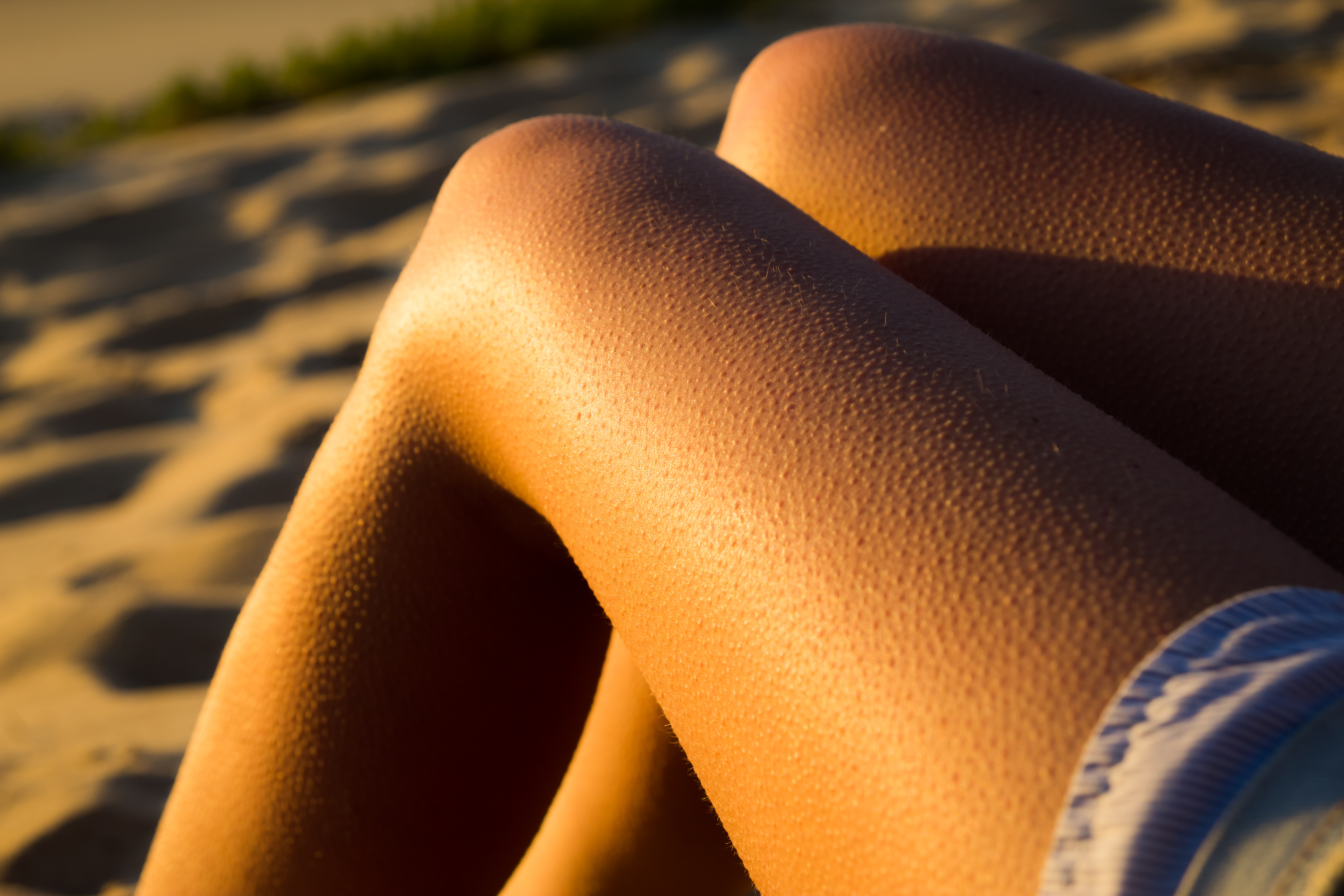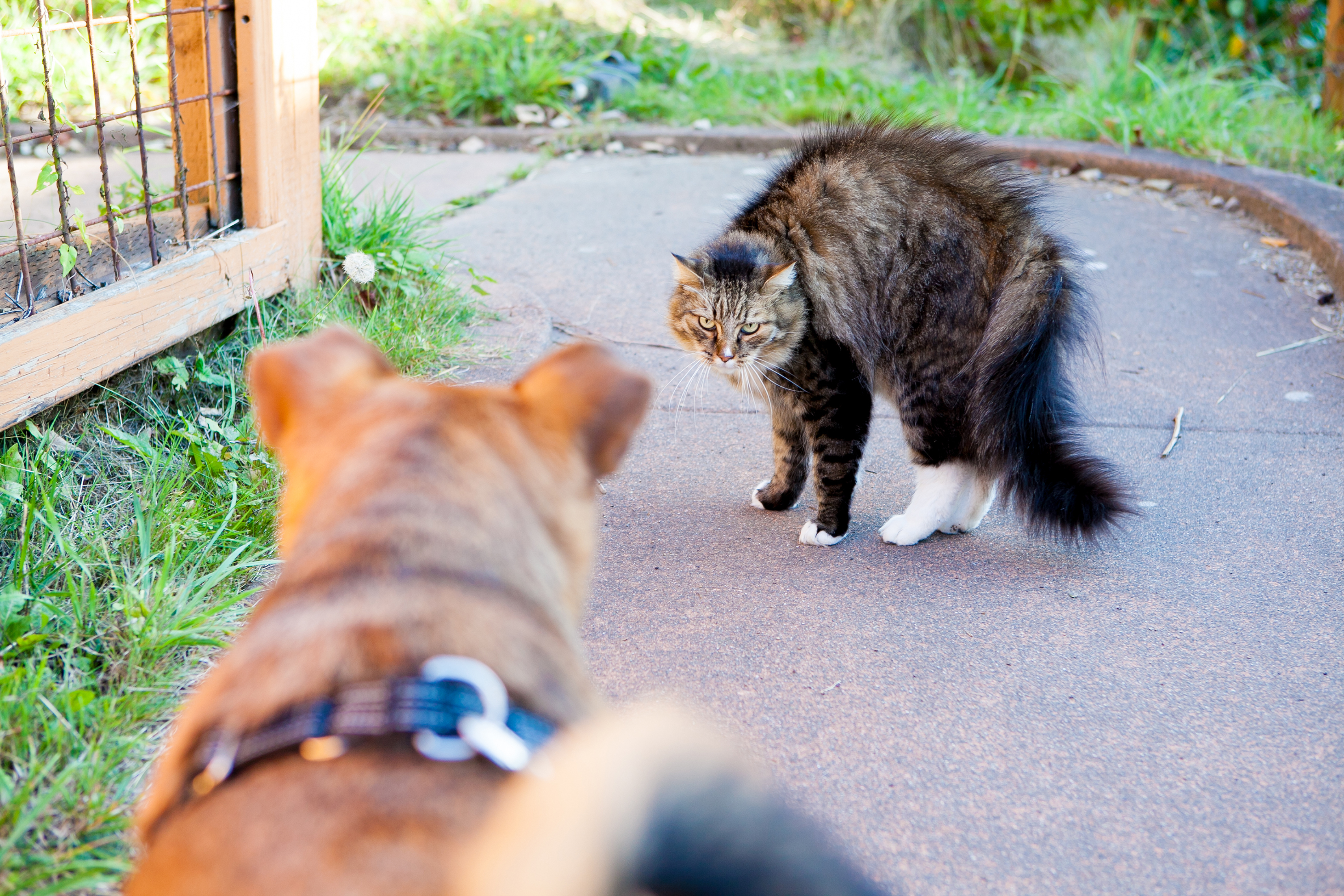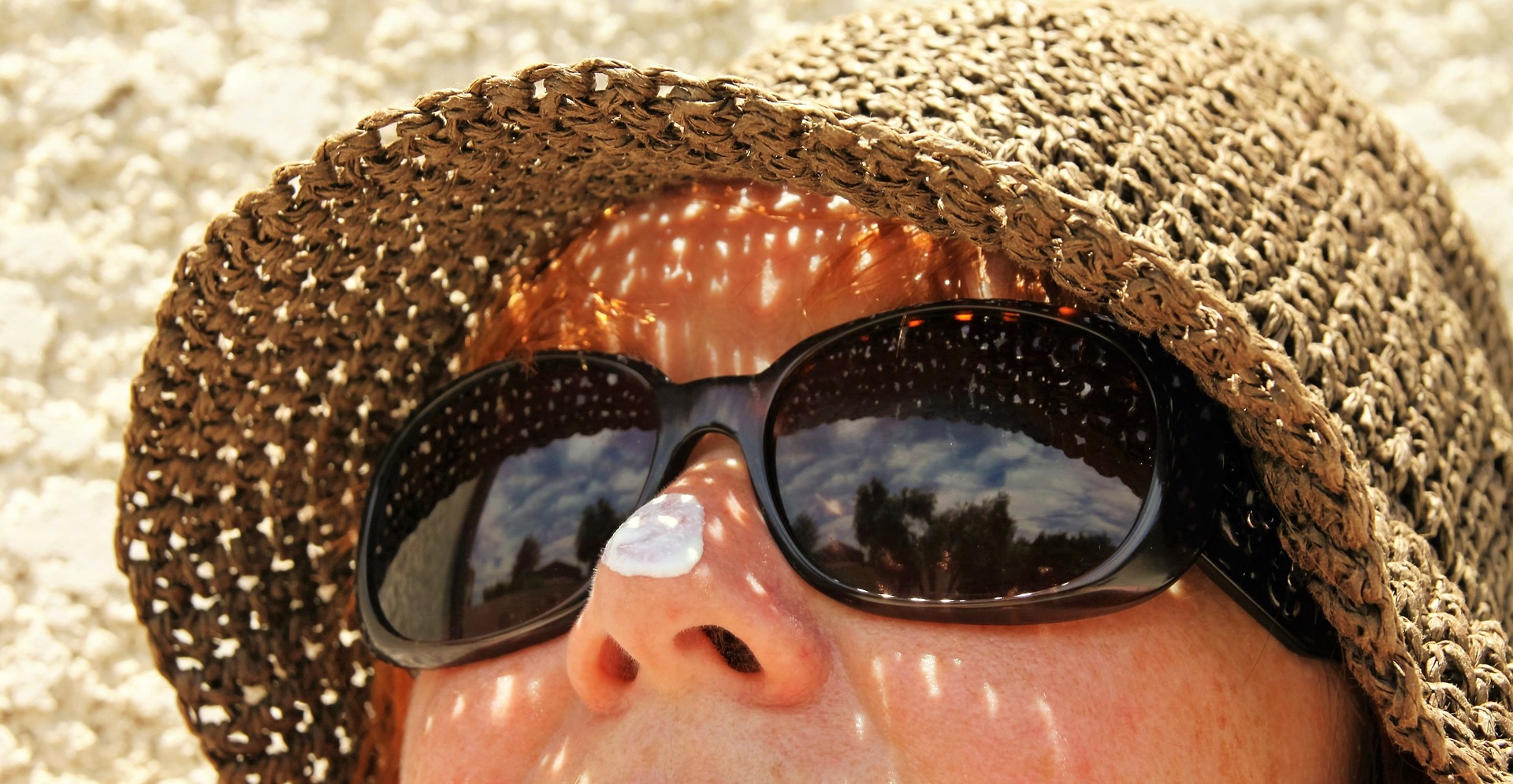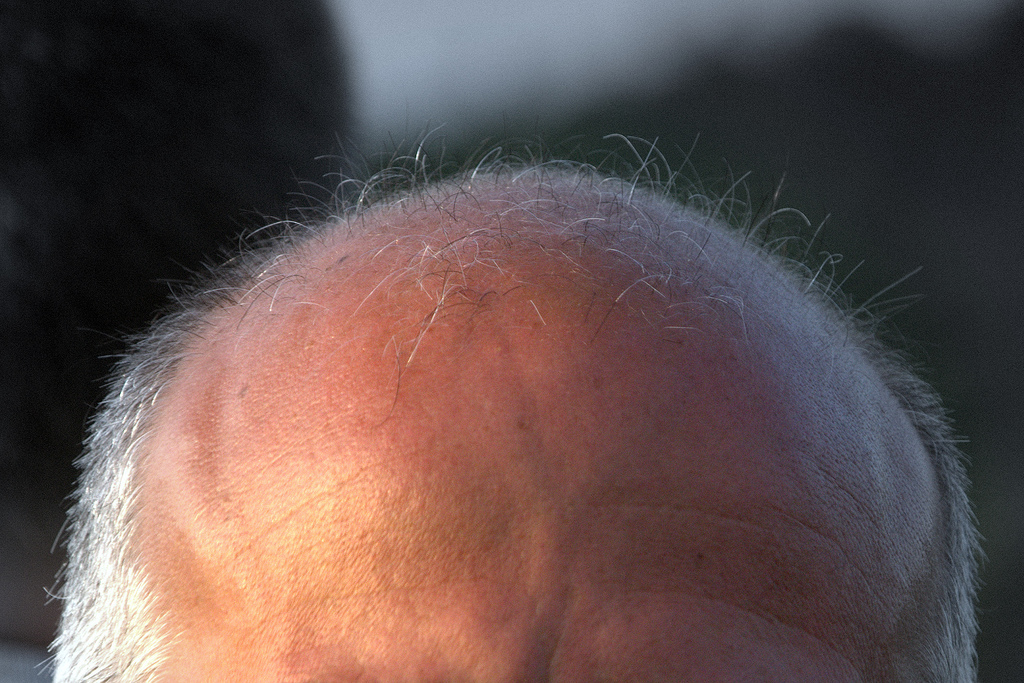
Sciences & Technology
Are there more bald men than women?

These little bumps are much more than an evolutionary hangover - they could help stop cancer, treat burns and even cure baldness
Published 23 December 2016
A rousing crescendo of music that stirs a childhood memory. A sense of being watched or followed. Or a bone-chilling breeze. All of these things cause the same physiological reaction shared by every mammal on the planet: goosebumps.
But how much do we know about this familiar feeling? And what possible use could it have in human beings?
It has been long assumed that goosebumps are an evolutionary remnant from the ape-days of fright or flight and a way to keep warm when the cold creeps in.

But new research is uncovering the incredible potential of the ‘goosebump muscle’. It holds the key to unlocking new treatments for burns victims and halting the spread of skin cancer. It could even solve the $20-billion-dollar-a-year puzzle of curing baldness.
Professor Rodney Sinclair is the head of Dermatology at the University of Melbourne. He has discovered an important function of the goosebump muscles, known as arrector pili: healing and cell regeneration.
But first, back to basics: what exactly are goosebumps and why do we feel them?
Goosebumps are very small elevations in the skin that occur around the hair follicle. On the side wall of every follicle, under the surface of the skin, lies the goosebump muscle.

Sciences & Technology
Are there more bald men than women?
When hair emerges from the skin, it usually sits at an angle. When the goosebump muscle contracts, it elevates the hair and pulls the angle of the follicle straighter so the hair literally stands on end.
In mammals, goosebumps provide protection against the cold by creating an air pocket that seals warm air around the follicle to create a layer of insulation.
They can also be activated by adrenalin, which floods through the body in response to a threat. For fluffy creatures, hairs standing on end makes them appear bigger.
Strong emotions can also cause adrenalin to be released, which is why we get goosebumps in response to music we love, or a strong memory.
Some people experience goosebumps more than others based on how much hair they have or their tendency to panic. Very rarely goosebumps can form tumours or become inflamed, but they usually cause no problems.
Here’s where the story gets really interesting.

Professor Sinclair says that for us ‘naked apes’, goosebumps are often thought of as a kind of evolutionary hangover, like the appendix.
“People used to think the goosebump muscle was vestigial – an evolutionary remnant of no functional significance.
“The research we’ve done has involved doing 3D constructions of this muscle and it was a lot more interesting than we thought.”
Humans have two million hair follicles, only 100,000 on the scalp. Many of our hairs are tiny vellus hairs that don’t produce significant coverage.
But humans no longer need hair for warmth, since the advent of clothing. Nor do we need to blow up into a puffy hair ball to scare off our enemies.

Sciences & Technology
Why don’t humans have tails?
So why do we still get them? It has to do with maintaining vital stem cells of the skin.
Hair follicles have the unique ability to completely regenerate. When a hair is plucked, up to 70 per cent of the follicle is destroyed, but when the hair regrows, the follicle regenerates itself.
The lower end of the goosebump muscle is attached to the follicle, so it creates a ‘stem cell niche’ – a place that protects and maintains stem cell populations. The upper end of the goosebump muscle creates a second stem cell niche, which is even more important in that it maintains the stem cell population for the entire outer layer of the skin. The muscle is like a dumbbell connecting the two vital stem cell niches.
Professor Sinclair explains: “When you graze your knee, a signal is transmitted to the damaged hair follicle that there is a deficiency in the surface skin cells. The hair follicle stem cell is activated and skin cells are produced that are then sent up to the surface to heal the graze.
“Until we did this research, no-one knew where the stem cells were in the epidermis. The stem cell population are very important in wound healing and skin cancer.”

This is big news for the one million skin cancer patients who receive treatment every year and particularly significant in a country where seven out of eight cancer diagnoses are skin cancer.
“Knowing where the stem cells are is really important. If you’re going to develop a new treatment for skin cancer, it has to be directed to where the mutations in the skin cells are leading to cancer. We know the stem cells pass the mutation on to the daughter cells which leads to skin cancer,” says Professor Sinclair.
“The other role is in maintenance of the epidermis – epidermal homeostasis. Every time you rub your skin, dead skin cells are shed off the surface, meanwhile new skin is dividing in the skin cells.
“One of the problems in trying to grow new skin for burn victims is that they have a depleted skin population and the skin is not functioning properly.”

Professor Sinclair says his discovery of the stem cell population and its relationship to our goosebump muscles is extremely important to both stop cancer cells from dividing and accelerate healing in burns victims.
The goosebump muscle could also impact something else of interest to millions worldwide: baldness.
“We discovered this year that when you go bald, part of the problem is because the attachment of the goosebump muscle to the hair follicle is destroyed and replaced by fat,” says Professor Sinclair.
“You can’t get goosebumps on the scalp when you go bald and you can’t regrow hairs either because the follicles can’t regenerate.”
So finding a solution to why the goosebump muscle is destroyed may provide more advances in treating a problem that affects many millions worldwide.
Banner Image: Shutterstock